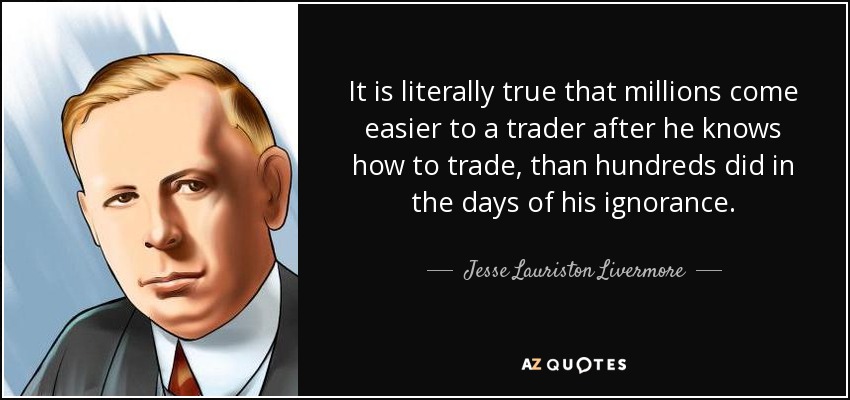Super Gann Trader Academy which conducts share market courses in Mumbai, offers free trader awareness lessons.
 90% of investors/traders lose money. The other 10% get all the profits.
90% of investors/traders lose money. The other 10% get all the profits.
This is due to our emotions, memory, confirmation and other biases.
These are part of human nature and there is no way for us to overcome these with our current biology.
Most of both the retail and institutional traders sooner or later will lose.
Traders who succeed are not lucky; they’re trading differently than everyone else does.
The winning traders specialize in their trading methods or systems that give them edge over other traders and make them profitable.
 Trading systems can be designed to give us an edge in the market over other traders by removing emotions, memory and some of these biases from our decision-making process.
Trading systems can be designed to give us an edge in the market over other traders by removing emotions, memory and some of these biases from our decision-making process.
What is a trading system?
A trading system is a set of black and white rules that defines the entry and exit criteria in the markets.
Since rules are objective, there is no doubt over when and where to apply them. This makes it possible to test the trading system statistically. This means that we can check how the system has performed in the past and how it could perform in the future with a certain degree of confidence.
If we add a money management rule to the set of rules that define entry and exit on the market, then we have an algorithmic trading system or, in other terms, a completely automatic approach to the markets, given adequate starting capital.
Trading systems allow us to limit risk and have asymmetric reward/risk ratio. This means that investors get a big upside potential for little downside risk.
So what does a trading system software code look like?
It could be the following:
Entry Rule
- Buy long 1 contract at one point above the highest high in the last 20 days.
- Sell short 1 contract at one point below the lowest low in the last 20 days.
Initial stop
- If Market position is long, then place stop at the previous day’s close – 2x average trading range (ATR) of past one week.
- If Market position is short, then place stop at previous day’s close + 2x average trading range (ATR) of past one week.
Trailing stop
- Recalculate the stop after market close and move the stop as per above rule, only when it moves in your favor.
We have an entry rule and we have a stop loss rule. This is a trading system. Its risk management is poor, since we just wrote an initial stop loss, which also works as a trailing stop, but the example is easy to follow and shows what a trading system is.
This can be programmed in an excel sheet and tested over the past few years market data to confirm if following these rules gives us profits. This allows us to test the system before any money is committed in the market.
The trading system can free us from being glued to news, tips and following others opinions. It gives us freedom from anxiety and makes us independent.
We train traders in the use of trading systems to help them establish a profitable trading business. Join our share market training courses to become a top trader.

